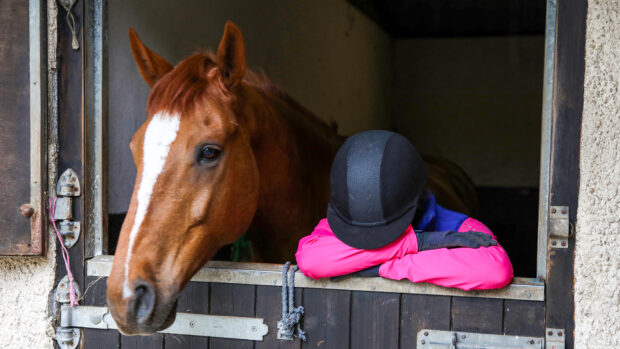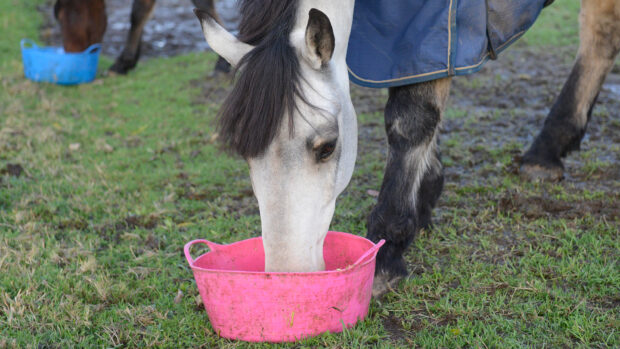Spillers' equine nutritionist Clare Barfoot provides one H&H forum user with some helpful advice on how to feed electrolytes
Q: Electrolytes: “I went to get some feed today for my daughter’s pony, as her work load has increased with the arrival of the summer holidays. She’s pretty fit anyway as she is ridden six times per week and is competing most weekends. She looks well, is very happy and has a shiny coat. Today the feed lady said she should really be on electrolytes if she’s doing that much work. She does get sweaty most days (not excessively but sweaty enough). She doesn’t usually sweat while travelling but usually does out showjumping, again not excessively, but enough. Should I be feeding electrolytes? I never have before or needed to but maybe at the moment with the warmer weather I should. If so, how often should I be doing it? And why does it make such a difference?”
A: Electrolytes are undoubtedly important, but knowing how much to feed and when can be very confusing but it needn’t be!
When horses and ponies sweat they lose mineral salts also called electrolytes, the main ones being sodium, potassium, chloride, calcium and magnesium. Sweat losses can be as high as 10-15 litres per hour, with electrolyte losses of approximately 10g per litre.
Electrolytes are important for many cell functions including muscle contractions and the transmission of nerve impulses. A lack or imbalance of electrolytes can affect almost every physiological system in the horse’s body and result in conditions such as heat stress, fatigue, synchronous diaphragmatic flutter (thumps) and tying up.
Electrolytes control the direction of water in the body and maintain fluid balance. The body needs electrolytes to retain water which is why you may have read that it is more difficult to rehydrate by drinking water alone.
Continued below…
Related articles:
- H&H forum: find out what H&H readers suggested
- Why electrolytes are vital for healthy horses
- Read more expert feeding advice
The amount of electrolytes lost is proportionate to the amount a horse or pony sweats and consequently, free access to a salt lick and plenty of forage (hay provides potassium) should be more than adequate to maintain your pony’s electrolyte balance. In fact, most losses would gradually be replaced over time, simply by eating and drinking normally.
For horses sweating heavily regularly or when the weather is particularly hot 1-3 tablespoons of table salt (sodium chloride) or when low levels of forage are fed a combination of table salt and Lo salt , can be a cheap and effective form of daily electrolyte replacement, either added to feed or diluted in water. Water must be available if adding salt directly to the feed and must also be offered as alternative to those that refuse to drink the salt and water solution.
Continued below…
Although more expensive, commercial electrolyte supplements can be beneficial provided that they also contain appropriate levels of electrolytes. Look for supplements containing sodium, potassium, chloride and ideally magnesium and calcium too. Sodium and potassium should feature near the top of the list of ingredients, with sodium provided in the largest quantity. For competition horses, also take care to ensure that any supplement used does not contravene FEI rules and is approved under the BETA NOPS code.
For more advice on electrolyte supplementation call the SPILLERS Care-Line on 01908 22 66 26.




